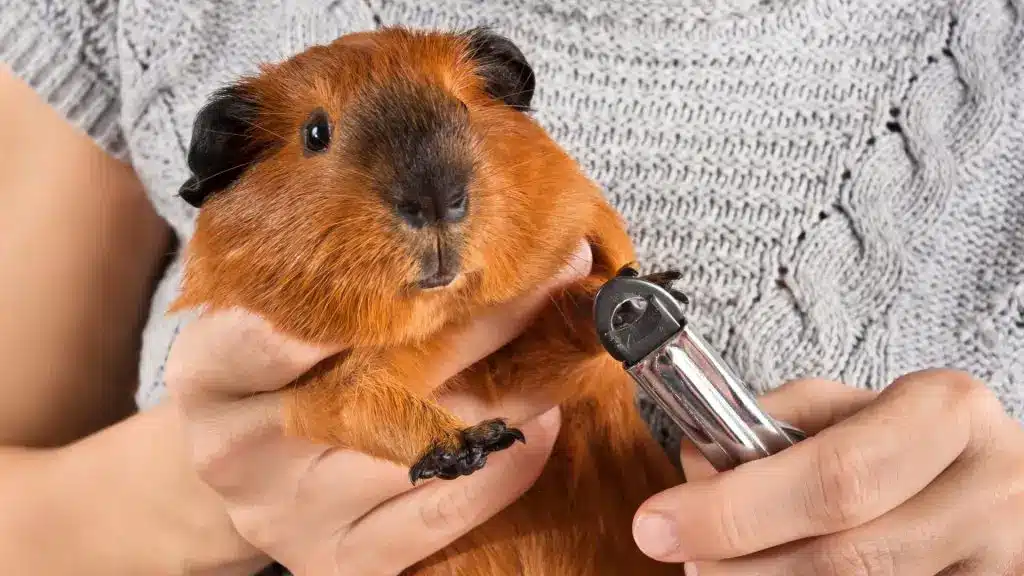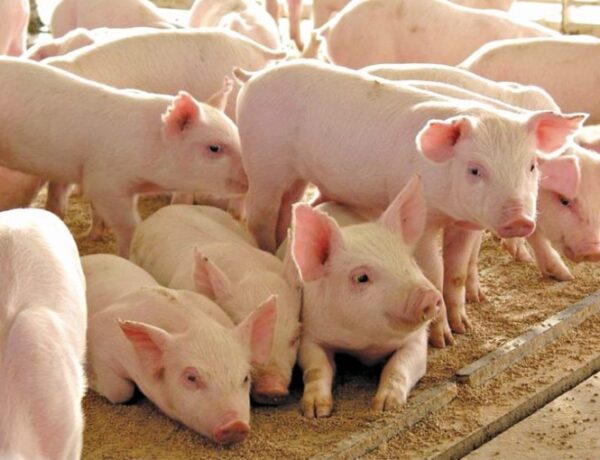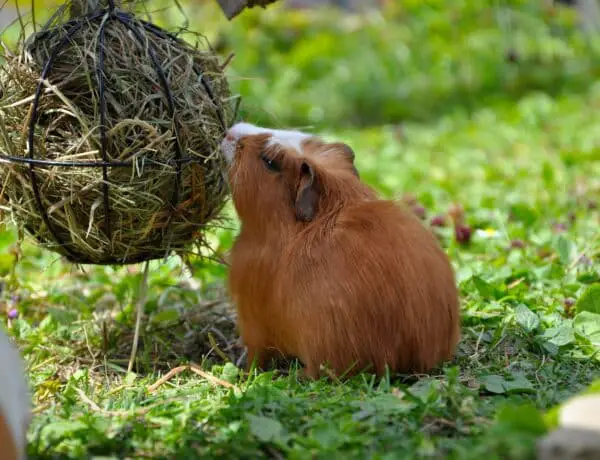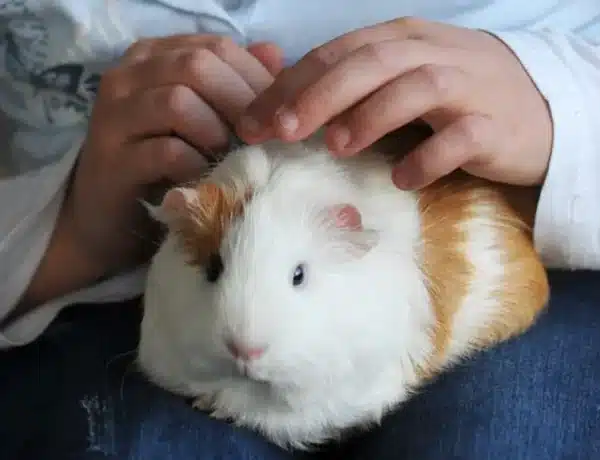Introduction
How To Clip A Guinea Pigs Nails: Guinea pigs make delightful and endearing pets, known for their gentle nature and charming personalities. However, like all pets, they require regular grooming and care to ensure their well-being. One essential aspect of guinea pig care is nail maintenance. Overgrown nails can lead to discomfort, pain, and even health issues for your furry friend. Learning how to clip a guinea pig’s nails is a vital skill for any responsible owner.
Guinea pigs, with their delicate paws and relatively rapid nail growth, need regular nail trims to prevent issues like ingrown nails and injury. While it might seem intimidating at first, with the right knowledge and techniques, you can easily make nail clipping a routine part of your guinea pig’s care regimen.
We will cover everything you need to know about clipping your guinea pig’s nails, from understanding the importance of nail maintenance to gathering the necessary tools and providing step-by-step instructions for a safe and stress-free process. We’ll also offer some expert tips to make the experience as comfortable as possible for your beloved pet. By learning how to clip your guinea pig’s nails correctly, you not only contribute to their overall well-being but also build a stronger bond with your furry companion.

Can I cut my guinea pig’s nails by myself?
If your guinea pig isn’t comfortable in your lap, wrap it in a hand towel like a little burrito while keeping its feet accessible. Begin trimming. Hold one leg gently and start to trim off the nail on each toe before moving on to the other foot. If you aren’t sure where the quick is, clip only the very end of the nail.
Gather the Necessary Supplies:
- Small animal nail clippers or human nail clippers with a straight edge.
- Styptic powder or cornstarch (to stop bleeding if you accidentally cut too short).
- A towel or blanket to secure your guinea pig and provide a stable surface.
Prepare a Calm Environment:
- Find a quiet, well-lit room where you can work without distractions.
- Place your guinea pig on a non-slip surface like a towel or blanket.
Hold Your Guinea Pig Securely:
- Gently but firmly hold your guinea pig in your lap, ensuring they are comfortable and relaxed.
- Use one hand to hold the paw and expose the nail while using the other hand to clip the nail.
What happens if you don’t cut guinea pig’s nails?
If rabbit or guinea pig nails grow too long, they can cause a number of problems. Firstly, they can curl round and grow into the skin, which can be painful and potentially cause infection. Even if they don’t grow that far, they can still be awkward for the pet and make it difficult for them to walk comfortably.
Discomfort and Pain: Overgrown nails can curl and grow into the soft pad of your guinea pig’s foot, causing pain and discomfort. This can make it painful for them to walk, which can lead to mobility issues and a decreased quality of life.
Injury and Infection: Long nails are more prone to breaking or splintering, which can lead to open wounds and an increased risk of infection. Guinea pigs can also get their nails caught in bedding or other materials, potentially leading to injury.
Mobility Issues: Overgrown nails can make it difficult for your guinea pig to move around and engage in normal activities. This can impact their overall well-being and ability to exercise, which is crucial for their health.
Do guinea pigs like their nails clipped?
What happens if you don’t cut your guinea pig’s nails? It can get extremely uncomfortable for your guinea pigs. By regularly trimming guinea pig’s nails this prevents the blood supply from growing closer to the tip and minimizes other discomfort for your guinea pigs.
Frequent Handling: Regularly handle and touch your guinea pig’s paws when you’re not clipping their nails. This will help desensitize them to having their feet touched.
Positive Associations: Offer your guinea pig a small treat or some fresh vegetables immediately after each nail is clipped. This creates a positive association with the nail trimming process.
Go Slowly: Take your time and proceed gradually. Make small, controlled cuts rather than trying to trim all the nails at once. This minimizes the risk of accidentally cutting the quick.
How often do guinea pigs need baths?
every two months
Bathing your guinea pig is not only essential to his well-being, it is also an excellent way for you to build a trusting relationship. You should bath your guinea pig at least every two months, or more often if his coat is looking particularly oily.
As Needed: Guinea pigs usually only need a bath when they are visibly dirty or have soiled themselves. This might occur if they have diarrhea or if they’ve gotten into something dirty or sticky.
Spot Cleaning: Instead of giving your guinea pig a full bath, you can spot clean specific areas that are dirty. Use a damp, warm washcloth or unscented baby wipes to gently clean the affected area.
Frequency: In most cases, a full bath for a guinea pig should be very infrequent, possibly a few times a year at most. Over-bathing can stress your guinea pig and disrupt their skin’s natural balance.
How often should I cut guinea pig’s nails?
once a month
Guinea pigs require regular nail trimming. The frequency can vary among animals but should occur once a month at a minimum. Clipping nails more often will help to create a routine and prevent the quick, or blood supply at the center of the nail, from growing closer to the tip.
Growth Rate: Guinea pig nail growth can vary. Some pigs may have faster-growing nails that require more frequent trimming, while others may have slower growth.
Age: Younger guinea pigs often have faster nail growth, so they may need more frequent trims than older ones.
Diet: Diet can influence nail growth. A well-balanced diet with appropriate hay, fresh vegetables, and vitamin C can contribute to healthier nails.
Lifestyle: Guinea pigs that spend a lot of time on soft bedding or fleece may naturally wear down their nails more than those on hard surfaces. Active guinea pigs that run and play can also wear their nails down.
Do guinea pigs live long?
Guinea pigs live an average of five to seven years. This lifespan is longer than many other small pets such as hamsters, gerbils, mice or rats, all of whom only live up to a few years.
Genetics: Like any living creature, genetics play a role in determining a guinea pig’s lifespan. Some individuals may be genetically predisposed to live longer, while others may have shorter lifespans.
Diet and Nutrition: Providing a well-balanced and nutritious diet is crucial for a guinea pig’s health and longevity. Fresh hay, high-quality guinea pig pellets, and a variety of fresh vegetables rich in vitamin C are essential components of their diet.
Housing and Environment: Guinea pigs require a clean and safe living environment. An appropriately sized cage with clean bedding, fresh water, and good ventilation is essential for their well-being.
Why is my guinea pig bleeding after cutting his nails?
The quick is a blood vessel running through every guinea pig’s nails. It’s the bit you don’t want to touch during a guinea pig nail trimming session, or they start bleeding. If this does happen, don’t panic. It’s a bit sore for your pig, but they’ll be fine.
Hold Your Guinea Pig Comfortably: Hold your guinea pig gently and reassure them with soothing words and strokes to help them relax during this process.
Monitor for a While: Keep an eye on the bleeding nail to ensure it has stopped bleeding. If the bleeding persists for an extended period or appears excessive, consult your veterinarian for further guidance.
Avoid Nail Trimming for a While: After a bleeding incident, it’s a good idea to give your guinea pig’s nails some time to heal before attempting to trim them again. This will help prevent further injury and discomfort.
Can guinea pigs eat apples?
Apples are good for guinea pigs. Apples are high in vitamin C, a critical vitamin for guinea pigs. Veterinarians recommend removing apple seeds prior to feeding due to choking hazard. A serving of one ½-inch cube twice per week is a reasonable amount.
Moderation: While apples can be a healthy addition to your guinea pig’s diet, they should be offered in moderation due to their sugar content. Excessive sugar intake can lead to obesity and digestive problems in guinea pigs. Limit the amount to a small slice or a few small pieces a few times a week.
Remove Seeds and Core: Before offering an apple to your guinea pig, make sure to remove the seeds and the core. Apple seeds contain small amounts of cyanide, which can be harmful if ingested in large quantities. Removing them ensures the safety of your pet.
Freshness: Always provide fresh apples to your guinea pig. Avoid feeding them apples that are overly ripe, mushy, or have gone bad.

Conclusion
A crucial skill for any responsible pet owner. Regular nail maintenance is essential to keep your furry friend comfortable, healthy, and free from potential nail-related issues. You can confidently and safely trim your guinea pig’s nails, ensuring their well-being and strengthening the bond between you and your beloved pet. Always prioritize your guinea pig’s comfort and safety, and if you are unsure or uncomfortable with the process, consider seeking advice or assistance from a veterinarian or a professional groomer.
By maintaining your guinea pig’s nails with care and attention, you are contributing to their overall quality of life and enjoying the rewards of a happy and healthy companion. The more you trim your guinea pig’s nails, the more comfortable both you and your pet will become with the process. Building trust through positive associations, such as treats and soothing words, can go a long way in making nail clipping a less stressful experience.
Regular maintenance, typically every 3-4 weeks, will help prevent overgrown nails and the potential problems they can bring. The art of clipping guinea pig nails is not only about maintaining their physical health but also strengthening the emotional bond you share with your pet. With proper technique, patience, and care, you can ensure that your guinea pig remains happy, comfortable, and in the best of health throughout its life.




No Comments